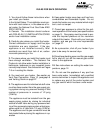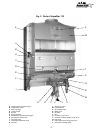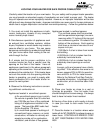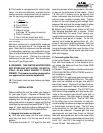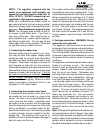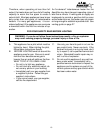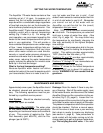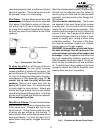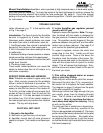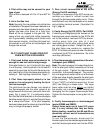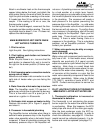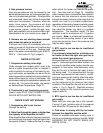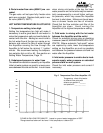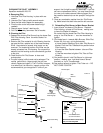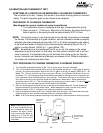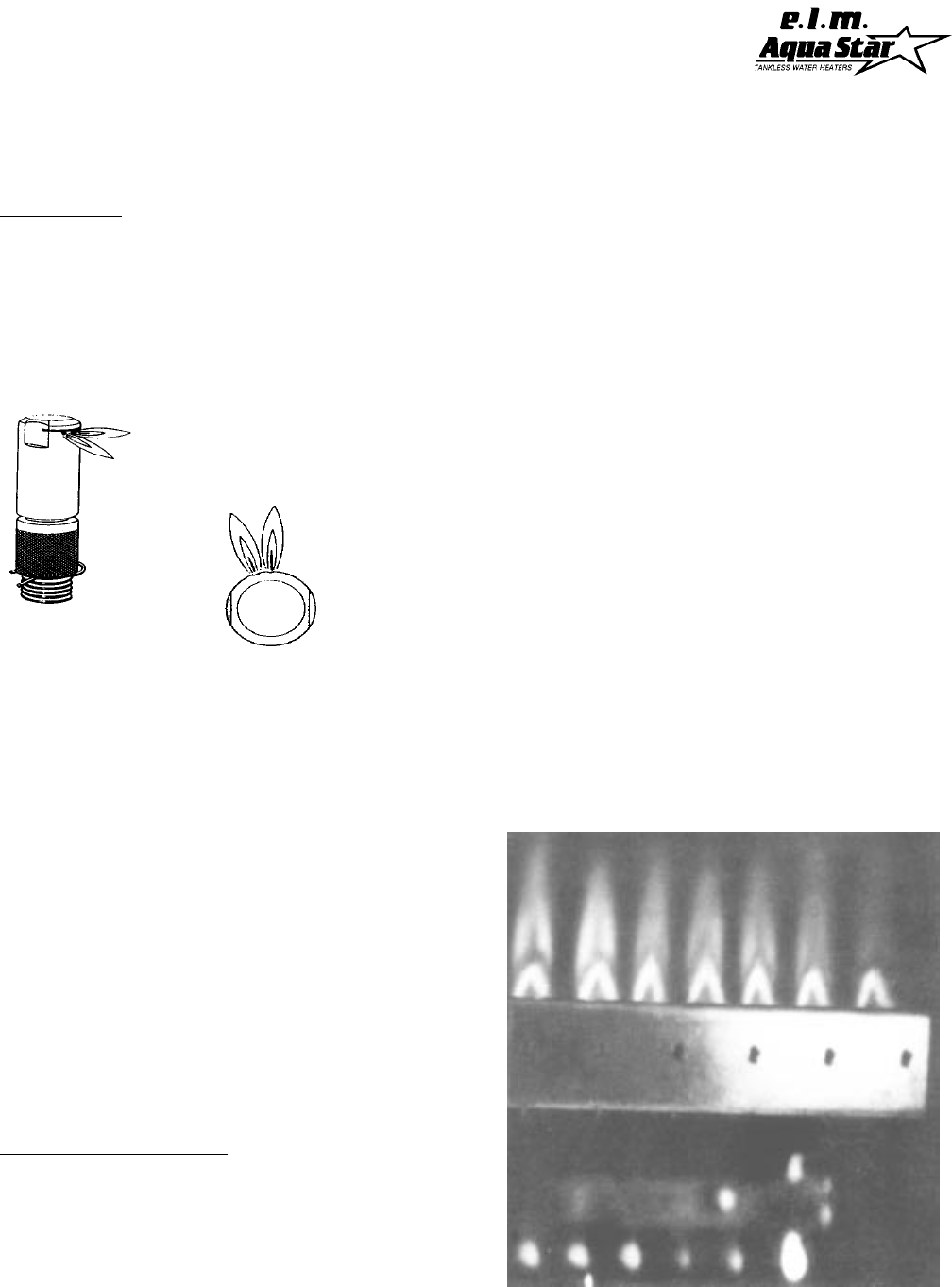
13
valve discharges by itself, a problem exists and
service is required. This could be due to a de-
fective relief valve or to overheating.
Pilot Flame: The pilot flame should burn with
a clean sharp blue flame and should resemble
Fig.4 below. If the flame is yellow, or if the cen-
tral button Fig.2 (P) has to remain depressed
for a long time in order to keep the pilot lighted,
the pilot may need to be cleaned or the orifice
replaced.
Wash the stainless steel burners if they are dirty.
Burners can be detached from the heater by
removing the pilot tube and the thermocouple
assembly and disconnecting the Energy-Cut-
Off switches.
Fig 5. Characteristic Burner Flame Pattern
to burners -
- to thermocouple
Fig. 4 Characteristic Pilot Flame
(Do not lose the retaining clip) The burners
are secured to the main frame by two screws
on either side. Do not remove the five screws
across the front of the burner assembly. Also
examine heat exchanger fins for dirt. Brush and
vacuum if dirty. Burnt edges at the bottom of
the heat exchanger shroud are a sign of inad-
equate air supply, poor venting or some other
combustion problem. The cause of this situa-
tion must be corrected: contact your installer,
service agency or the gas supplier.
WARNING: Accumulation of dust and lint on
the heat exchanger fins will reduce air flow
and could cause corrosion of the copper heat
exchanger. Keep the appliance area clean and
free from combustible materials, gasoline and
other flammable liquids and vapors. Do not ob-
struct the flow of combustion air and ventilation
air. If installed near a dryer, make sure the dryer
is properly vented, and that the AquaStar vents
properly when the dryer is operating.
To clean the pilot:Turn off the gas at the unit
(L) Fig.2. Remove the front panel (unscrew
screws at bottom of corners of front panel, pull
out and lift panel off). Disconnect the Pilot Tube
(S) Fig.2 at its base and blow gently through it
(
see diagram of Pilot Assembly, page 19).
Be
careful not to lose the pilot orifice and
washers. Remove and clean pilot filter by
peeling off the outer layer. Do not use any wire
or sharp object to clean orifices. Natural gas
orifices are large enough that you can usually
clean them by blowing through them. LP orifices
are too small to clean and should be replaced.
Do not enlarge the orifice.
Main Burner Flames: The main burner flames
should be blue, with a more intense blue cone
in the center core.
Compare with Fig 5 in op-
posite column.
Yellow flames could be a sign
of wrong size gas orifices or dirty burners. If
some burners have yellow flames while others
have good flames, it is likely that dust, lint or
spider webs have partially clogged the burner
venturi.



